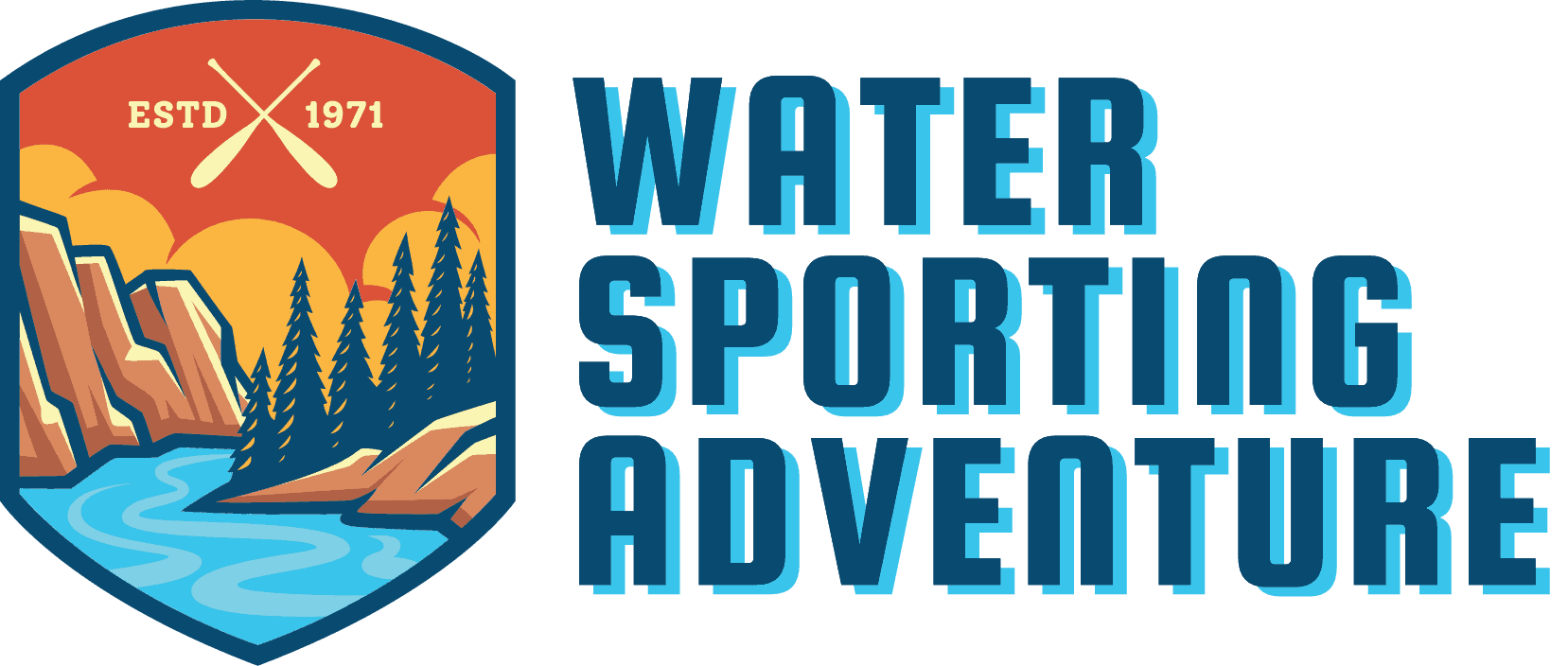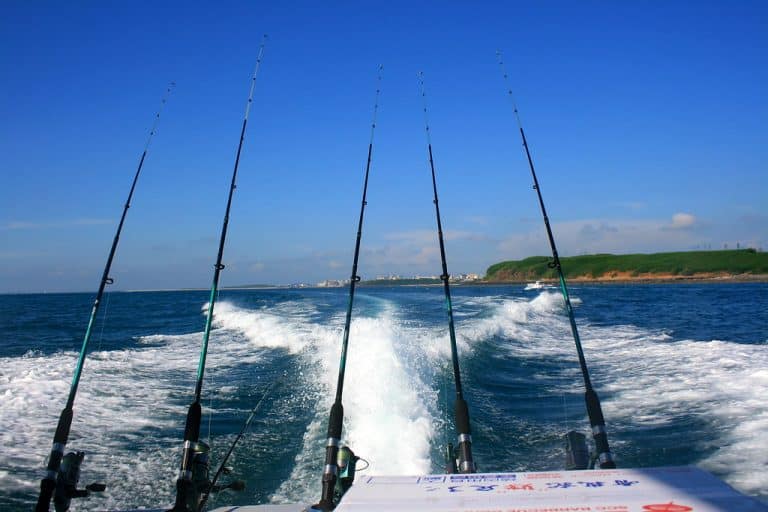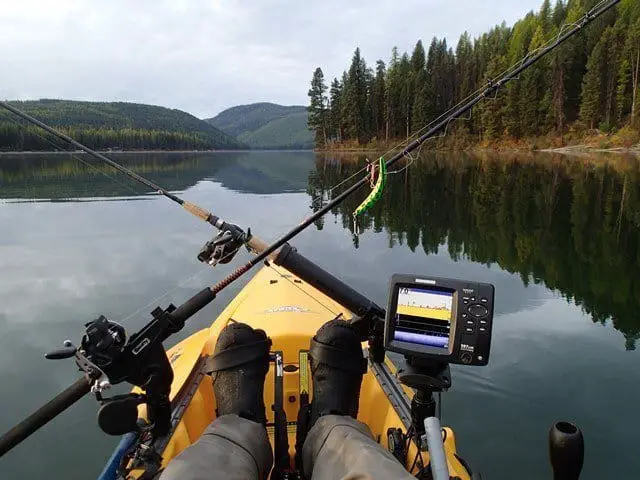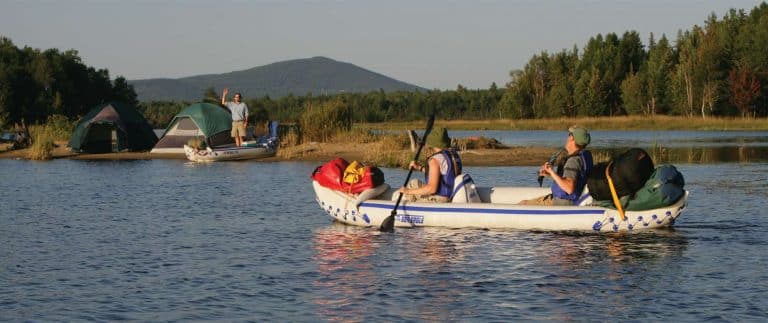Paddle Board VS Kayak – Which Is Best For You?
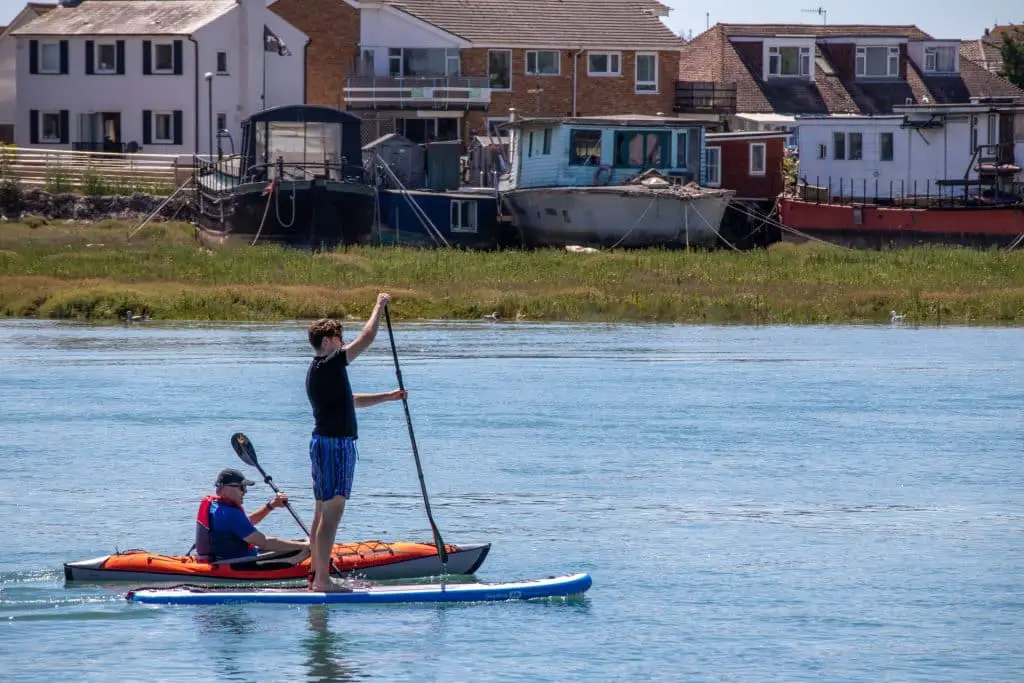
What are the main differences between kayaking and paddleboarding?
Kayaking:
Kayaks are a kind of boat that is narrow and long with a rounded hull. They have a small opening or groove on the deck to sit in and are made of a light frame with a watertight covering.
A limited number of people can use a kayak at once, usually a single user (unless it’s a tandem kayak) at a time. It’s considered a sport/hobby by many, as the major use is generally for sports, races, and as a hobby (Kayaking even features in many events at the Olympics).
Various kinds of kayaks featuring varied designs are available depending on the use, for example, you can get whitewater kayaks, tandem kayaks, touring kayaks, fishing kayaks, and recreational kayaks.
Paddle Boarding:
Paddleboarding is a popular water sport characterized by the use of a surfboard or paddleboard. You can use your arms while lying down or a SUP paddle while kneeling or standing to propel the paddleboard.
It’s like a combination of surfing and kayaking.
Stand-up paddleboarding (SUP) has not been around anywhere near as long as kayaking. This sport’s popularity is growing year by year, especially because you can practice in any body of water that’s calm enough for a paddleboard. You don’t need an ocean with waves like in surfing.
Key Differences:
- The most obvious difference between kayaking and paddleboarding is paddleboarders’ ability to stand while propelling the paddleboard. As a kayaker, you must remain seated to paddle the kayak.
- Paddleboards are flat, so you can either lie down or stand on the board. Kayaks tend to be enclosed so you must wither sit-inside or sit-on-top of the kayak.
- You use a double-sided kayak paddle to propel your kayak while using a single SUP paddle to propel your paddleboard.
Is kayaking more difficult than paddle boarding?
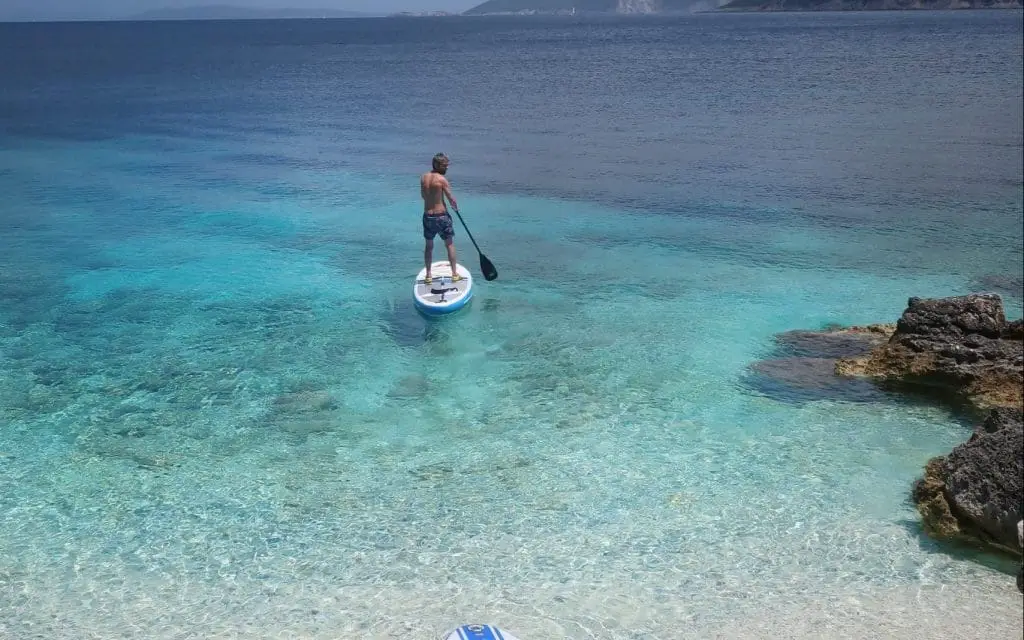
Comparing kayaks and paddle-boards is difficult because there are so many different types of kayaks and paddle board.
Different versions of each vessel are modified to adjust to the different environments in which they are used.
We will look mostly at the average or recreational version of each vessel and each activity for comparison purposes.
Fitness Level:
Both activities are great for burning calories (We have already covered how many calories does kayaking burn). Kayaking is an enjoyable exercise, kayak paddling provides more of an isolated workout targeting your arms, shoulders, and core muscle groups like back, chest, and abdominal muscles.
Paddleboarding provides you with a full-body workout, from your legs and glutes to your core, to your arms, chest, and back.
Flexibility and overall balance will benefit from the workout you receive while propelling your paddleboard.
Paddling your kayak is better if you are focused on developing upper body strength; however, paddleboarding offers you a better all-round work out experience.
Stability:
Kayaks and paddle boards offer a stable paddling platform that persons new to both sports can easily grasp.
Although both score well in this category, The low center of gravity gives kayaks a clear advantage since the kayak pilot is seated while the paddleboarder tends to be in a standing position.
Whilst it is more difficult to remain stable on a paddle board, most beginners pick it up fairly quickly.
Getting back on (not if, when you fall off!):
When out on the water, there is always the possibility that you will eventually end up in the water.
Whether you decided to take a dip or you fell in accidentally, the ease or difficulty of getting back in your kayak or on your paddleboard is a key consideration.
If your kayak capsized, you would need to flip the kayak unto its hull before getting back inside or on-top. It is something that you’ll need to practice to get right.
Paddleboards are easier to get on if you fall off while you’re out in the water.
Paddleboards rarely capsize, and they are a lot easier to pull yourself back on. Their stability makes it easier for you to return to a standing position.
Using a leash will also ensure that your paddleboard is not carried away by the water current leaving you behind should you fall off.
Transport and portability:

Inflatable paddleboards and inflatable kayaks are the more convenient option for transport and portability than a hard shell alternative. Both are lighter and easier to transport.
Even though both inflatable backpack kayaks and paddleboards are available, the inflatable paddleboard’s performance is very similar to a rigid paddleboard; however, the same cannot be said for the Kayak.
The fall-off in the performance of inflatable kayaks to rigid kayaks is significant, but for a beginner, an inflatable kayak is still a great choice.
Comparing the rigid versions of both kayaks and paddleboards, the paddleboards tend to be smaller and are certainly lighter in weight and less bulky for storage purposes.
But in terms of transporting a hard paddleboard or kayak via your truck or car, they are both pretty similar and will require a roof rack (it can be done without one!), or trailer.
Once you get to your destination, you may also need a kayak cart (can also be used for SUP boards), to help get your gear to the water’s edge.
Paddle Board VS Kayak – Fun Factor
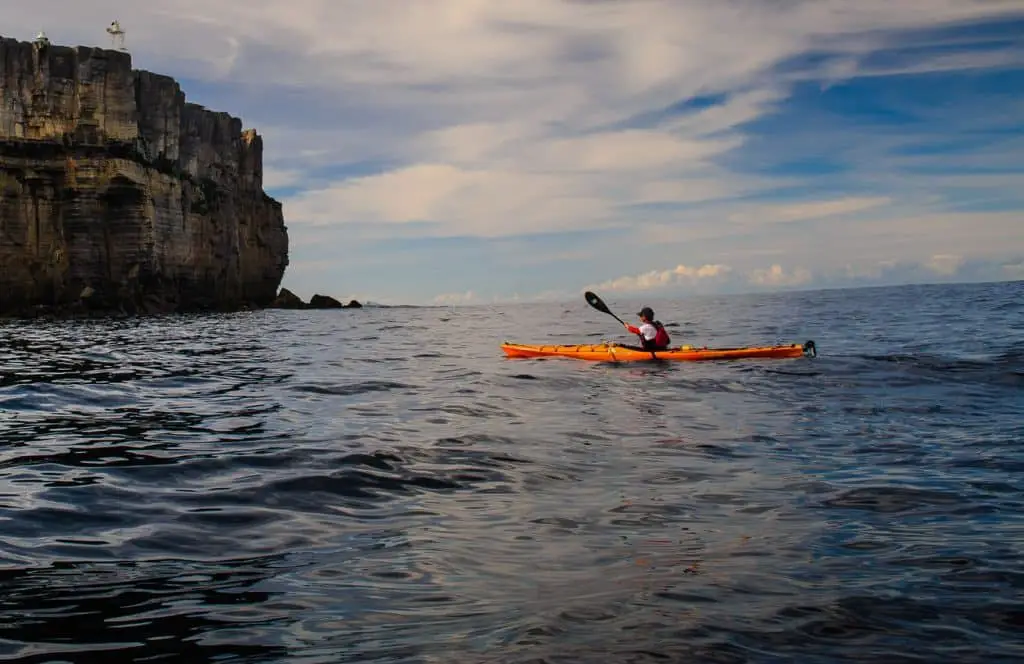
This one massively depends upon your personal preferences, where you want to go, and what you want to do.
Paddleboarding is great fun, but it’s not as practical as a kayak if you are wanting to head out on extended trips, take some gear, a kayak tent, and a kayak cooler with you.
Both are great for taking along a dog, or kids on a family day-out. And you’re sure to make some memories that last forever.
One fun thing many people do on a paddleboard is SUP Yoga. This is essentially just regular yoga but on a paddleboard. It offers some mesmerizing views and serenity on the water. You can purchase dedicated SUP boards for yoga.
Fishing is a very common water sport that can be performed on both a kayak and paddleboard. However, kayaks are usually favoured due to their ability to carry more gear, attach fish finders to, and hold your rods whilst you paddle.
Paddling Long Distances:
Kayaks are better suited for long distances because you are paddling from a seated position. Standing or lying down for long periods on a paddleboard is more challenging than kayaking due to cramping, soreness, and fatigue.
Touring kayaks are specifically designed for speed and efficiency on longer trips.
So… kayak VS paddle boarding – which is better?
Both kayaking a paddle-boarding offer great opportunities for you to make the most of the great outdoors while on (or in!) the water.
The openness and freedom of a paddle board make it easier for you to do a range of activities and get in a full body-workout which cannot be easily done in a kayak, for example yoga.
Kayaking certainly has its advantages of increased stability and suitability for traveling long distances and fishing.
Ultimately, the choice regarding whether kayaking or paddleboarding is better is really yours to make. Of course, you will make your decision based on your own needs, circumstances, and experiences.
Recent Posts:
- Kayak Rudder Kits: Top Picks & How-To Install
- How To Store A Kayak In A Garage – Different Options
- Best Kayak Trolling Motors: 5 Reviews & Buyers Guide (2023)
- Kayak Truck Racks – Best Options & Buyers Guide
- Best Kayak Fishing Crates For Easy Kayak Storage
- What Is A Scupper Plug & Do You Need Them In Your Kayak?
- Paddle Board VS Kayak – Which Is Best For You?
- Best Kayak Cooler For Ice Cold Storage In 2023
- Best Kayak Carts, Wheels & Trolleys You Should Use In 2025
- Best Inflatable Paddle Board – Our Picks & How To Choose?
